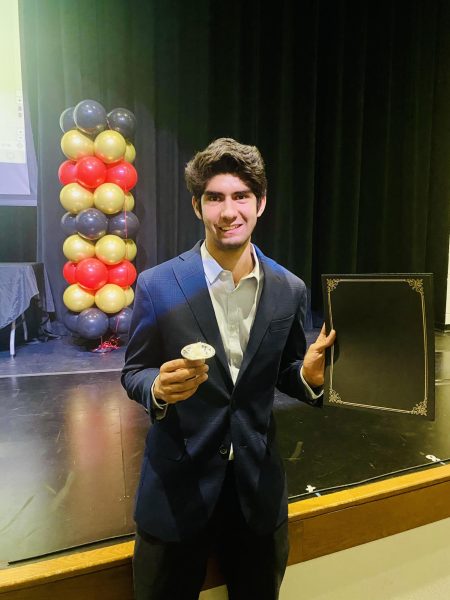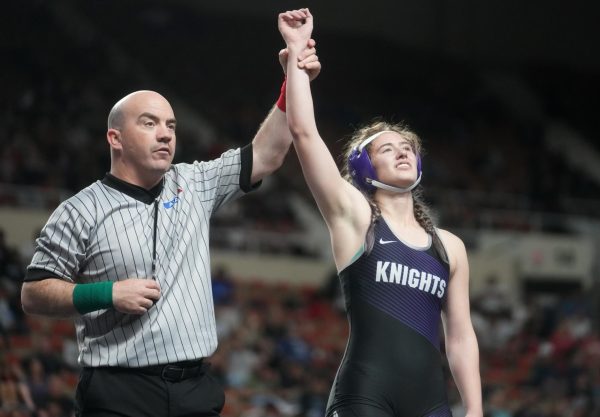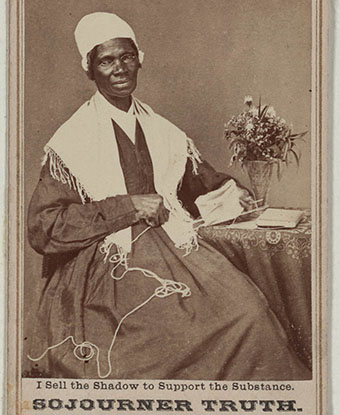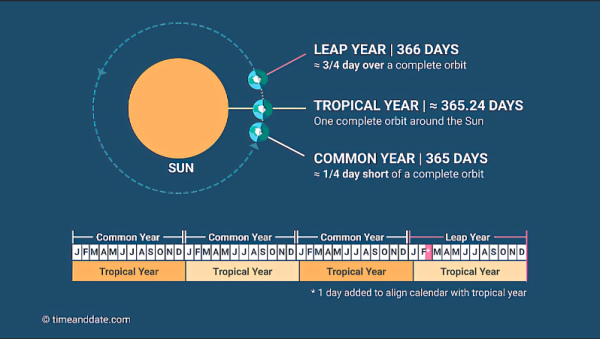Blake Enwiller and the Degradation of Polystyrene
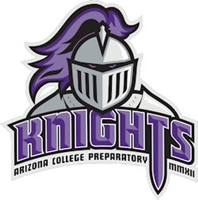
Hey there Knights, we have the pleasure of saying that ACP had an outstanding showing at this year’s Arizona Science and Engineering Fair (AZSEF). We were the only school in the state to have two projects earn Best of Fair Honors, qualifying them for the International Science Fair. A massive congratulations to Michelle Sheikh for her project on Biochemistry, as well as a big congratulations to Neavan Hanford, Blake Enwiller, and Ashana Dugar for their first place in the Earth and Environmental category. We reached out to Blake to get more of an insight into how the project itself went as well as what AZSEF was like this year. He responded to us with this:
Q. What was it like finding out you won first place at the competition?
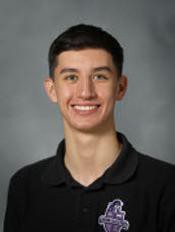 A. After winning first place, I was oddly excited. At the district Innovation Fair comprising students solely in the Chandler Unified School District, we placed third. To win AzSEF, I had to score higher than the two projects higher than ours in the district, plus students from other districts throughout the state. I had a baseball game in the background and had the Zoom meeting open with the awards on my iPad. When I heard my name called, it didn’t kick in that my team and I worked hard enough to win first place. Toward the end of the two-hour-long meeting, we found out that we qualified for the International Science and Engineering Fair. Realizing that we were state champions was what excited me the most.
A. After winning first place, I was oddly excited. At the district Innovation Fair comprising students solely in the Chandler Unified School District, we placed third. To win AzSEF, I had to score higher than the two projects higher than ours in the district, plus students from other districts throughout the state. I had a baseball game in the background and had the Zoom meeting open with the awards on my iPad. When I heard my name called, it didn’t kick in that my team and I worked hard enough to win first place. Toward the end of the two-hour-long meeting, we found out that we qualified for the International Science and Engineering Fair. Realizing that we were state champions was what excited me the most.
Q. What was the inspiration for the project itself? Or was it just thought up by your group?
A. Human activity poses tremendous threats to others, but not all ways to reduce human pollution are feasible. Styrofoam is a plastic that is common in households and schools, as in lunch trays, that takes hundreds of years to degrade, which harms entire habitats. Mealworms have the innate capability to degrade styrofoam into a more environmentally-friendly form, so we decided to test the best temperature and food source to maximize styrofoam consumption by mealworms. We can implement mealworm degradation systems like this in our homes and in our schools to do our part in curbing plastic pollution.
Q. How long did the overall project itself take to complete?
A. We worked hard on our project over a year-long time span. We started off applying for financial grants and purchasing materials. Then, we let our mealworms eat the styrofoam for a month to see which environment would be the most efficient in styrofoam degradation. Finally, we took our mealworms to ASU to see the internal effects on their digestive bacteria, completing our project.
Q. What was your biggest takeaway from the whole experience for you?
A. For me, this project shows us how each of us, if we stay committed, can do our own part in reducing pollution. We can all limit our own negative impact on the environment, one mealworm at a time.
Congratulations again to Blake and his partners on their first place at this year’s Arizona Science and Engineering Fair! Make sure to congratulate them if you see them around campus, that being said, stay safe Knights, and remember to Strive for the Impossible and be Extraordinary.







